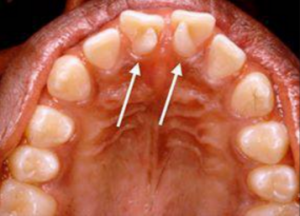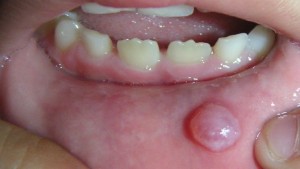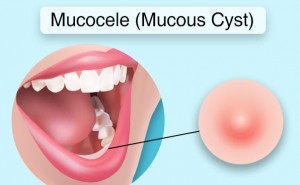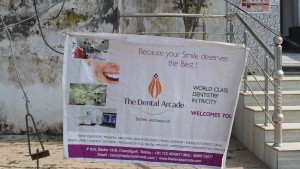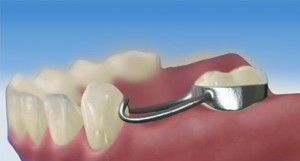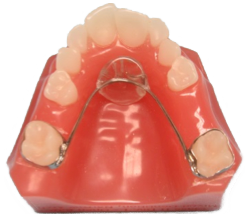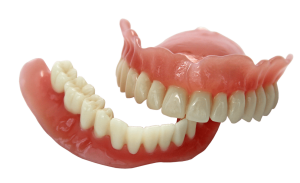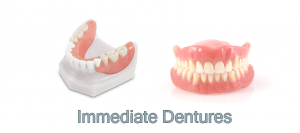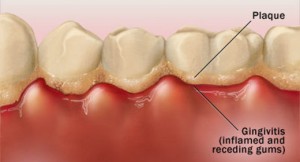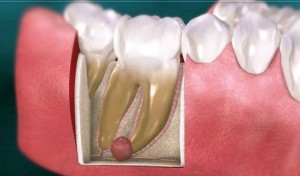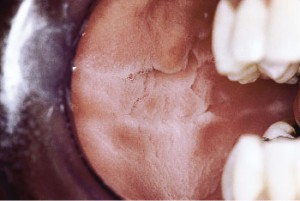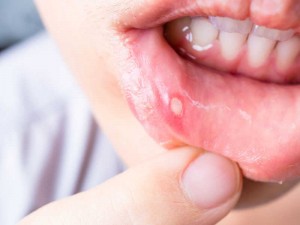Meaning of Talon Cusp:-
Talon cusp is a rare dental anomaly. Generally a person with this develops “cusp-like” projection
Located on the inside surface of the upper affected tooth. Talon cusp is an extra cusp on an anterior tooth. Although talon cusp may not appear serious.
Cause of talon cusp:-
The cause of talon cusp is unknown. The anomaly can occur due to genetic and environmental factors but the onset can be spontaneous. Prevention is difficult because the occurrence happens during the development of teeth.
Treatments of Talon cusp:-
Treatment is only required if the occlusion or bite of the person is compromised and causing other dental problems.
- Multiple long-term clinical problems can arise such as occlusal interferences, aesthetic disturbances, loss of pulp vitality, and irritation of tongue during mastication and speech, caries and displacement of the affected tooth.
- Most people with talon cusp will live their normal lives unless the case is severe and causes a cascade of other dental issues that lead to additional health problems.
Small talon cusps that produce no symptoms or complication for a person can remain untreated. However large talon cusps should not.
Some common treatments include:
- Fissure sealing
- Composite resin restoration
- Reduction of cusp
- Pulpotomy
- Root canal (endodontic treatment)
- Extraction
Sometimes it can cause mild irritation to soft tissues around the teeth and the tongue, and if large enough, may pose an aesthetic problem. Talon cusps that are too large are filed down with a motorized file, and then endodontic therapy is administered.
- In order to prevent any future dental complications, when large talon cusp is present due to an early diagnosis it would be best to see a dentist regularly every six months for routine dental checkups, remain under observation, brush and floss properly and undergo regular topical applications of fluoride gel to prevent caries and to promote enamel strength.

